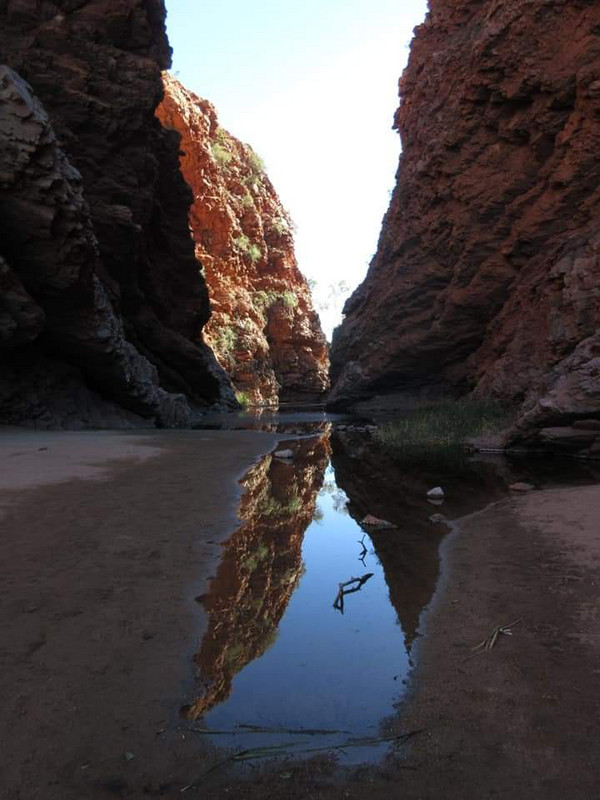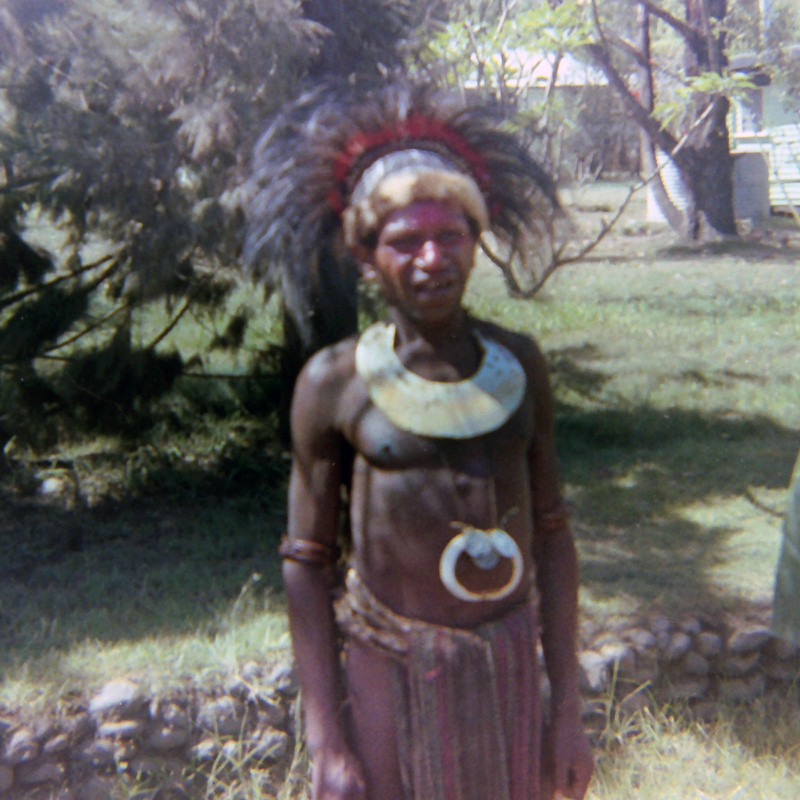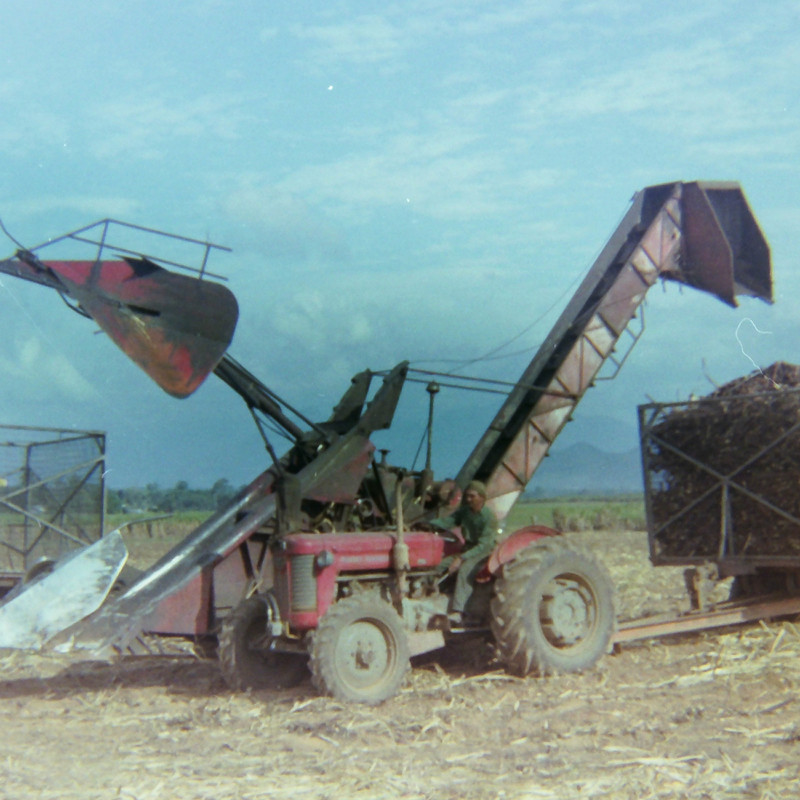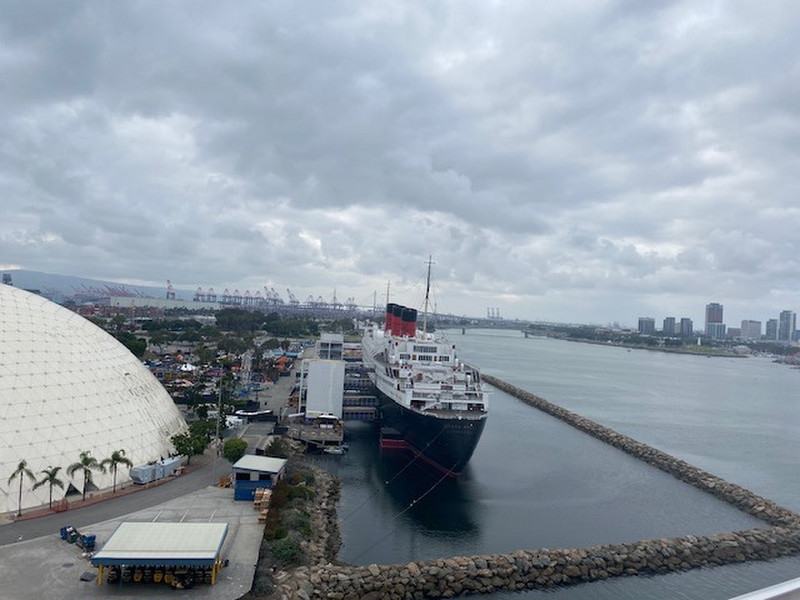Look at any map of Australia, and your eye will immediately be drawn to a name in the very centre of the continent: Alice Springs. Although only a fairly small town by most standards (population: 30,000) it appears on every map of the country for the simple reason that it is the largest settlement for a very, very long way in any direction. Historically, at least as far as European settlement is concerned, Alice Springs greatest claim to fame is a telegraph station just a few kilometres to the north of the current town centre, which served as a relay point on the Overland Telegraph Line between Adelaide in the South and Darwin to the North. It is from this telegraph station that one of the most famous and iconic of Australian hiking trails begins: the legendary Larapinta Trail. Tracing a route from east to west for approximately 230km through the ancient West MacDonnell Ranges (known as Tjoritja in the local Arrernte indigenous language), the trail is renowned for being rugged, isolated, hot, dry and hauntingly beautiful. For much of its length the trail skirts the base of the mountains; in places it crosses over from one side to the other;
and in some of the most spectacular (and challenging) sections it its way along the very crest of the range, offering views that seem to stretch out into eternity.
And it is an eternal land, out here in the fabled Red Centre of Australia. Not only geologically speaking: for this is after all one of the oldest mountain ranges on the oldest continent in the world. But also from a human perspective: this land has been inhabited for at least twenty thousand years by the Arrernte people, just one of hundreds of Aboriginal tribes who together make up the oldest surviving culture on Earth - a race of people who have, like almost all indigenous cultures the world over, found in the land and its various native inhabitants not only shelter, food and warmth; but also a spiritual connection that flows through every facet of their culture. Landmarks like mountains, rivers and waterholes are the home of guardian spirits; different animals represent ancestors from whom knowledge has been passed down through countless generations; and the land itself is considered sacred, and is thus treated with reverence and respect, so that each generation takes only what it needs to
survive and acts as custodians of the land, ensuring that it will continue to impart its gifts of life to future generations, as it has to untold thousands of generations in the past.
It is perhaps of nature and culture - both ancient and inextricably tied to each other - that serves as the greatest drawcard for visitors to the region; and the opportunity to explore this timeless landscape slowly, on foot, draws walkers to the Larapinta Trail like moths to a flame. For all of Australias natural treasures, none are as quintessentially Australian as the Outback - that great, vast, indefinable region that stretches unbroken for thousands of kilometres across the centre of the continent - and no part of the Outback captures peoples imaginations like the Red Centre. If the East Coast has been the cradle of European culture in Australia ever since the first settlers arrived from England just over 230 years ago, then it is out here in the isolated outposts at the heart of the country that the indigenous cultures burn brightest. Nowhere else are the red earth, black sky and yellow sun featured on the Aboriginal flag so visible.
with most deserts, there are two main dangers with any extended exploration in the Outback of Australia: heat exhaustion and dehydration. Having seen the temperature plummet by 33 degrees during my coach ride south from Katherine to Alice Springs, I figured I could probably rule out the likelihood of heat exhaustion; but starting from a town where the riverbed resembles a sandpit for most of the year, the threat of running short of water was very real.









